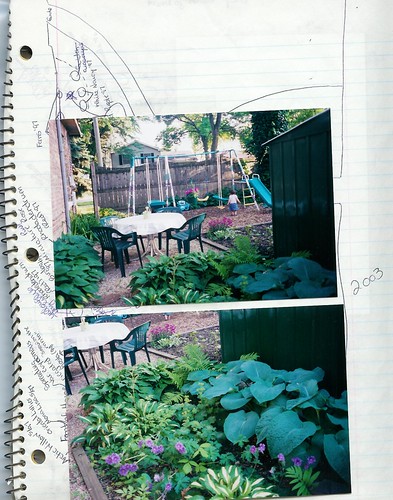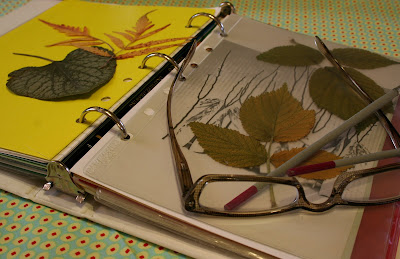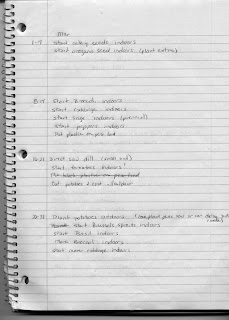World Environment Day is today, Wednesday, June 5th, 2013. This year, the theme for WED is Think-Eat-Save, focusing on ways we can alleviate the incredible food waste problems that contribute to world hunger and environmental degradation.
On a TEDx talk, Peter Lehner shares how he began working on food waste issues when he backpacked 30 days of food in his mountain climbing years. It’s true that if you have to carry your food for miles, you pack carefully and considerately — and you don’t waste a bit of it! His talk is 14 minutes long by well worth watching. (click here to watch Peter Lehner’s TEDx talk)
That’s in the US and Canada … Worldwide the amount of food wasted — on average — is slightly less, but still outrageously dangerous for Earth’s future. Luc Gnacadja, Executive Secretary UN Convention to Combat Desertification, says:
Food is produced at such a high environmental cost. Yet, every year about one third of it is either wasted or lost. Meantime, one in seven people still goes to bed hungry. This enormous drain on our limited natural resources is shocking and morally unacceptable.
- Whole Foods offers 12 ways to minimize food waste.
- The US EPA’s list of ways to reduce food waste has some different ideas.
- This is so what we did in our college days: dumpster diving. I love that the instructors of this workshop call this particular dumpster, “The Golden Dumpster.”
- Menu planning is an easy — and effective — way to reduce food waste in your home. I plan our menus weekly. Simple Mom has menu planning resources and tips including a downloadable grocery list pdf. She writes about why it helps to plan menus, and how she uses the internet for her menus here.
- I use Evernote to plan our menus. It’s hugely helpful and — super easy with the Evernote web clipper browser extension — to capture recipes from the web, try them out and make notes on my adaptations to the recipes. I think I’ll write a whole blog post on how I use Evernote for anything food-related. Watch for it! 🙂
- Here’s a brand new post from Ecocentric also on reducing food waste. Well written!
Lehner (in his TEDx talk) refers to a game they called “Journey to the back of the fridge,” when they would look for the multi-colored mold growing on an assortment of food. We have changed our food deal at the Carney-Shaughnessy household these days. We eat 90% vegetarian, and use aLOT of fresh fruits and vegetables, so it’s doubly critical that we shop/plan/cook in ways that we don’t end up tossing alot of produce in the garbage or compost pile (although composting is better than putting food in the landfill).
A couple of years ago, I would regularly have to clear out our fridge– throwing out science experiments like slimey greens, moldy salsa, stinky cooked beans, dried up leftovers … even the freezer had dried up meat and really old bread to toss. Not so anymore. We have gotten so efficient with menu planning and cooking just the right amount that I would estimate we have cut our food waste by at least 90%. One of the best things about that? Saving money!
Okay, now for some eye-candy:
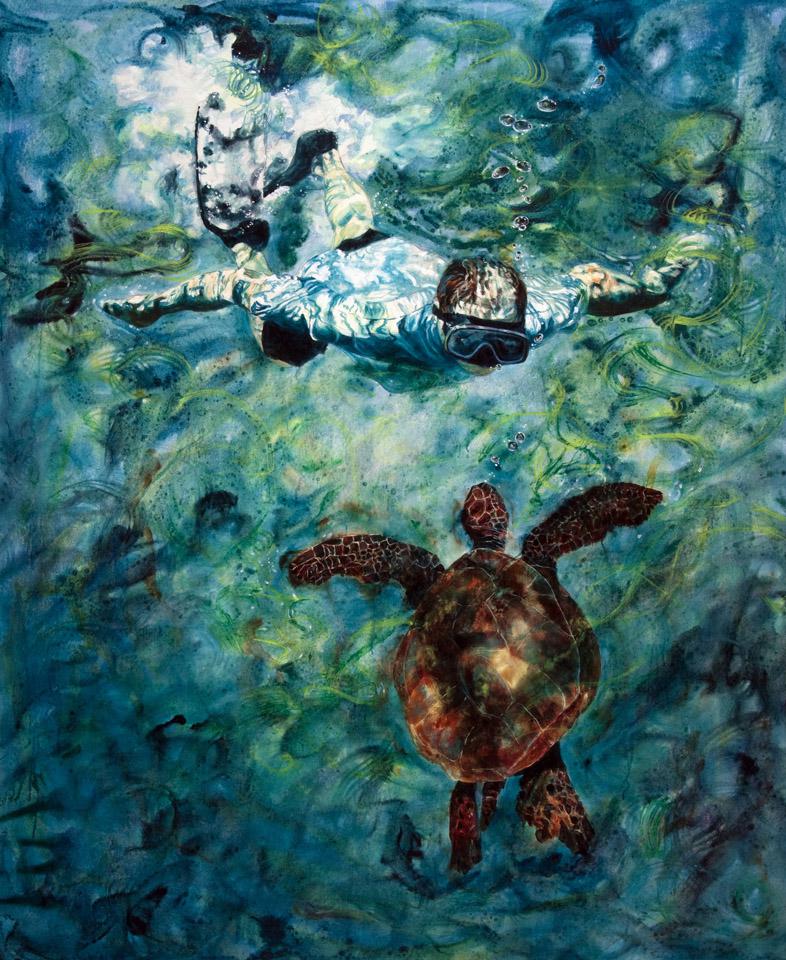
And finally, I am doing a shameless plug of my sister’s cause, ArtBomb, because today she has a stunning painting up for auction in honor of World Environment Day. Here’s what Mary Beth writes about the piece pictured above:
On Wednesday, June 5th, Artbomb will have a solo feature of the work of Vancouver artist Cheryl Fortier in celebration of the UN’s International Year of Water Cooperation and World Ocean’s Day. Cheryl’s piece, titled Hover/Suspend, is a large, immersive and transporting painting depicting a close encounter between a snorkeler and a sea turtle. The rendering of the water, and of the small swirling movements of the 2 participants in this dance of curiosity, is masterful, a balance between realism and abstraction. The scale of the piece allows one to feel submerged with the figures, an underwater voyeur watching this enchanting and touching interaction between human and animal. Cheryl paints with emotion, spontaneity and intuition. This piece will both charm you, and transform your living room!
If you are interested in this painting, or know of anyone who might be, please pass this link along to them. ArtBomb auctions last ONLY one day, so it’s a great way to acquire original, professional art for reasonable prices. I would also LOVE it if you share the link on your Facebook timeline, or Tweet about it. Check out Cheryl’s website — she is an amazing artist. I love her paintings!
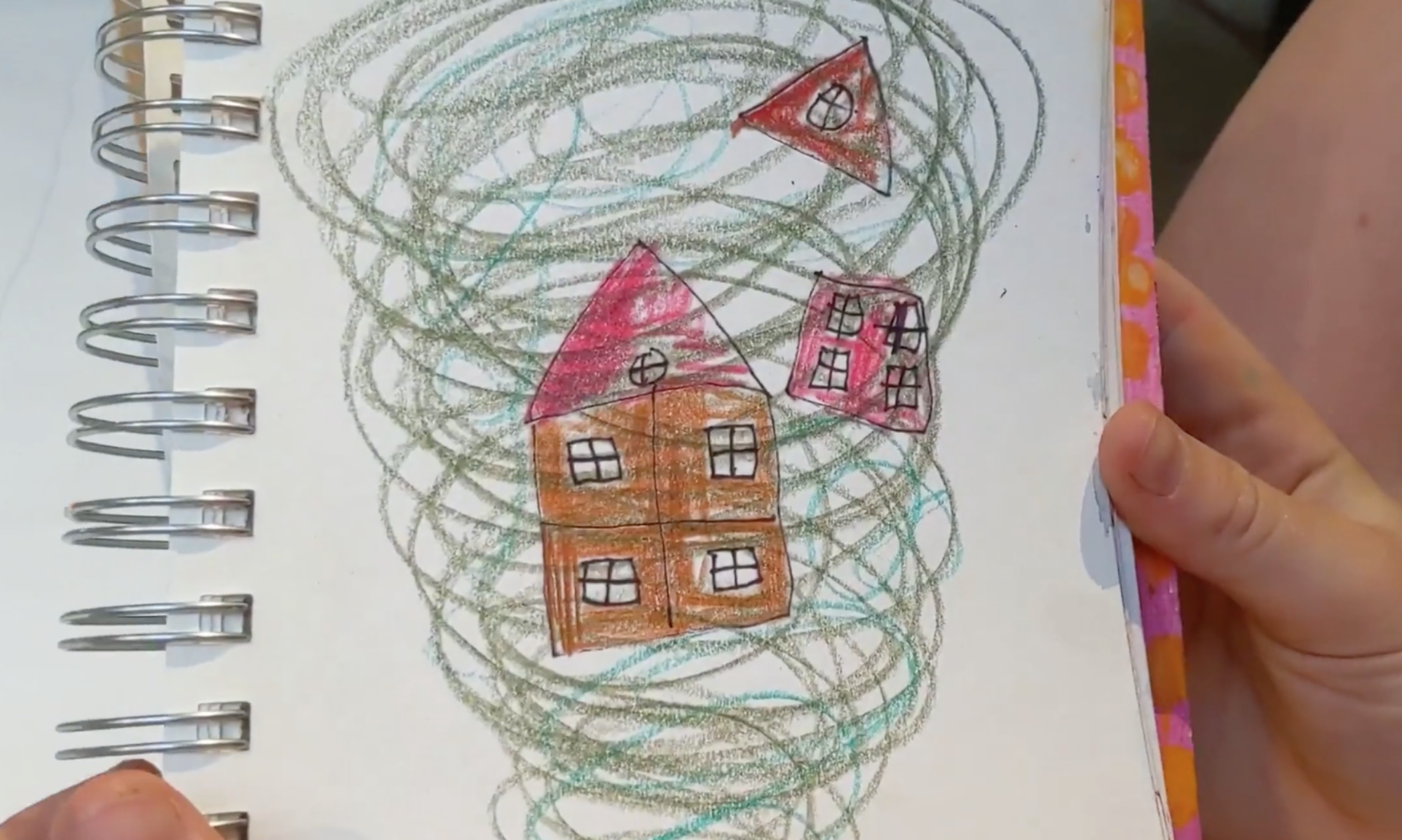
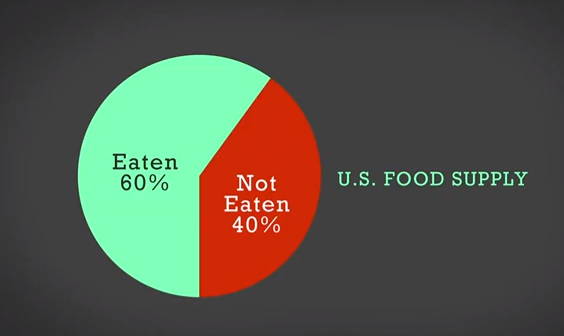
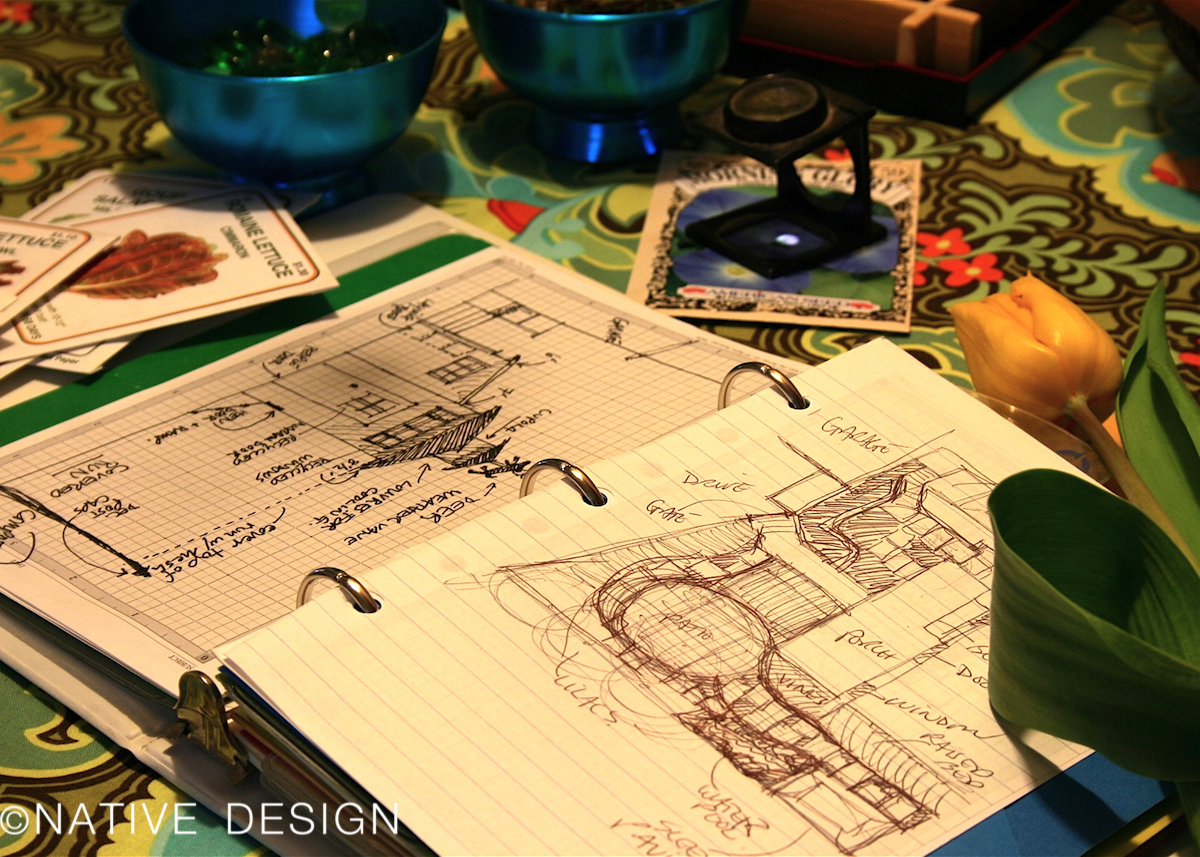
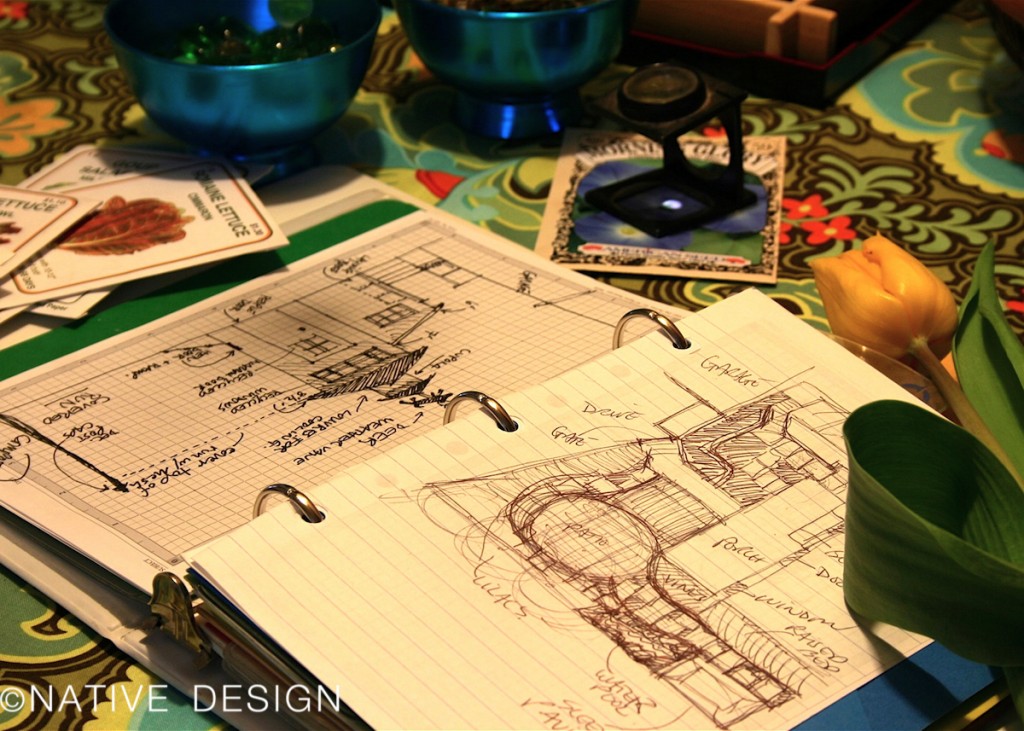
 I’ve kept a separate notebook or journal for my garden for years. Off and on. I’m not as disciplined as I’d like to be about keeping track of what is planted where; which plants are blooming when; what I’ve spent on the garden … or where I bought my materials, pots, and other stuff.
I’ve kept a separate notebook or journal for my garden for years. Off and on. I’m not as disciplined as I’d like to be about keeping track of what is planted where; which plants are blooming when; what I’ve spent on the garden … or where I bought my materials, pots, and other stuff.

